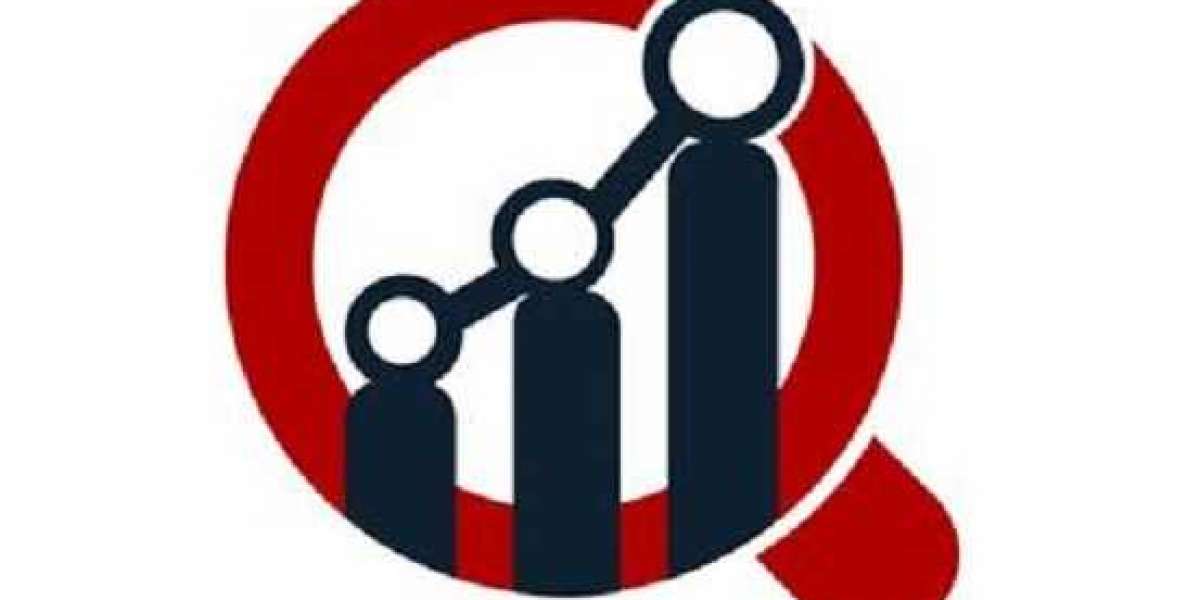Why is the Anxiolytic Market Experiencing Consistent Growth?
Anxiolytics are medications specifically designed to reduce anxiety. They act on the central nervous system to alleviate symptoms such as excessive worry, fear, nervousness, and panic attacks. The most common classes of anxiolytics include benzodiazepines (like Alprazolam), selective serotonin reuptake inhibitors (SSRIs), serotonin-norepinephrine reuptake inhibitors (SNRIs), and other drug classes. The global anxiolytic market is experiencing consistent growth, primarily driven by the escalating prevalence of anxiety disorders worldwide, increasing mental health awareness, and advancements in pharmaceutical research.
The global anxiolytic market was estimated at approximately USD 14.86 billion in 2024 and is projected to grow to USD 20.34 billion by 2034, at a Compound Annual Growth Rate (CAGR) of 3.19% during the forecast period (2025-2034). The broader anxiety disorders treatment market, including both pharmacological and non-pharmacological therapies, is projected to reach USD 16.95 billion by 2034, with a CAGR of 3.6% from 2025 to 2034. This sustained growth reflects the persistent and growing need for anxiety management solutions.
The market's growth is attributed to several key factors:
Rising Prevalence of Anxiety Disorders: Factors such as increased stress, modern lifestyle changes, and the impact of global events (e.g., the COVID-19 pandemic) have led to a significant surge in anxiety and panic disorders globally. Generalized anxiety disorder held the largest market share (34% in 2022).
Increasing Mental Health Awareness and Reduced Stigma: Greater public and professional awareness about mental health issues is encouraging more individuals to seek diagnosis and treatment, thereby driving prescription rates for anxiolytics.
Advancements in Drug Development: Continuous research and development in pharmaceuticals are leading to novel anxiolytic compounds with improved efficacy and potentially fewer side effects.
Acceptance of Combination Therapies: The use of anxiolytics in conjunction with psychotherapy (e.g., CBT) and other non-pharmacological interventions is becoming a standard of care.
Accessibility through Diverse Channels: The availability of anxiolytics through hospital pharmacies, retail pharmacies, and online pharmacies enhances patient access and convenience.
What Cutting-Edge Trends and Developments are Shaping the Anxiolytic Market?
The anxiolytic market is being shaped by shifts in preferred drug classes, the integration of digital health, and a strong emphasis on responsible prescribing.
While benzodiazepines remain significant due to their rapid onset for acute anxiety, there is a prominent trend towards the increasing adoption of Selective Serotonin Reuptake Inhibitors (SSRIs) and Serotonin-Norepinephrine Reuptake Inhibitors (SNRIs) as first-line treatments for long-term anxiety management. SSRIs exhibited the largest market share by drug class (32% in 2022) due to their favorable side effect profiles and effectiveness in treating generalized anxiety disorder. SNRIs are also gaining traction for off-label prescriptions for anxiety. This shift is driven by concerns over the potential for dependence and withdrawal associated with benzodiazepines.
The integration of technology is a key trend. Telehealth services and online therapy applications are making mental health consultations more accessible, which in turn influences the prescribing of anxiolytics. Digital therapeutics and mobile apps for anxiety management are emerging, complementing pharmacological treatments.
There's a growing focus on personalized medicine in anxiety treatment, recognizing that individual patient responses to anxiolytics can vary. This involves a more tailored approach to medication selection and dosage, potentially guided by genetic factors or specific symptom profiles.
Strategic collaborations and RD investments are active in the market. Pharmaceutical companies are focusing on developing new formulations and novel delivery methods for anxiolytics. For instance, there's ongoing research into novel targets aimed at treating neuropsychiatric conditions, and developments in non-pharmacological approaches like vagus nerve stimulation for anxiety.
Furthermore, there is an increasing consumer interest in natural and holistic medicine for anxiety relief, opening up opportunities for the launch of new product lines focused on these alternatives. However, the core pharmaceutical market continues to grow based on clinical need.
What are the Key Challenges and Future Outlook for the Anxiolytic Market?
While the anxiolytic market is expanding, it faces significant challenges, particularly concerning the safety profile of certain drug classes and the evolving regulatory landscape.
A primary challenge is the risk of dependence, abuse, and withdrawal symptoms associated with benzodiazepines. This has led to stricter regulatory guidelines and a push towards non-addictive alternatives or short-term, carefully monitored use of benzodiazepines.
Side effects associated with various anxiolytic classes, such as weight gain, sexual dysfunction (SSRIs/SNRIs), or sedation, can impact patient adherence and preference for treatment.
Complex and evolving regulatory frameworks for the approval and monitoring of psychotropic medications can be a hurdle for new drug development and market entry. Additionally, the stigma associated with mental illness and medication can still deter some individuals from seeking or continuing treatment.
However, the future outlook for the anxiolytic market is promising:
Development of Novel Mechanisms of Action: Research will continue to explore new drug targets and pathways for anxiety treatment, aiming for improved efficacy with fewer side effects and reduced dependence potential.
Enhanced Personalized Treatment: Advances in genomics and neuroimaging could lead to more precise diagnostic tools and personalized treatment algorithms, guiding the selection of the most effective anxiolytic for an individual patient.
Integrated Care Models: Anxiolytics will be increasingly prescribed within a comprehensive care framework that combines medication with psychotherapy, digital therapeutics, and lifestyle interventions.
Geographic Expansion: North America currently dominates the market, but emerging economies in Asia-Pacific and Latin America are expected to exhibit significant growth due to increasing awareness, improving healthcare infrastructure, and rising economic stability.
Focus on Digital Health Solutions: The integration of AI and mobile apps for patient monitoring, adherence support, and virtual therapy will become more sophisticated, enhancing the overall management of anxiety disorders.
Addressing Unmet Needs: There will be continued focus on developing effective treatments for anxiety subtypes that are currently underserved or for patients who do not respond to existing therapies.
In conclusion, the anxiolytic market is vital for managing the widespread burden of anxiety disorders. Its future will be characterized by a continuous drive for innovative, safer, and more personalized treatment options, balancing efficacy with a strong emphasis on responsible prescribing and integrated mental healthcare.
Contact:
Market Research Future®
99 Hudson Street,5Th Floor
New York, New York 10013
United States of America
Phone:
+1 628 258 0071(US)
+44 2035 002 764(UK)
Email: sales@marketresearchfuture.com
Website: https://www.marketresearchfuture.com







